Tool/software:
Hello.
Please tell us the GUI settings for measuring the waveform below.
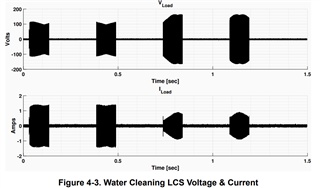
This thread has been locked.
If you have a related question, please click the "Ask a related question" button in the top right corner. The newly created question will be automatically linked to this question.
Tool/software:
Hello.
Please tell us the GUI settings for measuring the waveform below.

Hello,
This is the voltage and current measured during a water cleaning sequence for one of our lens cover system prototypes (LCS-FL-CYL20). This water cleaning sequence has the following bursts: 8, 9, 13, 14. The frequency range for these bursts is set by running a calibration sequence with the LCS. I added images of the calibration settings below. These calibration settings are optimized for LCS-FL-CYL20. Also, the output LC filter for this LCS is 4.7nF and 22uH.
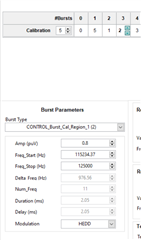
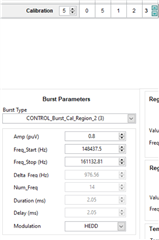
Regards,
Sydney Northcutt
Hello,
Please expect a response tomorrow. Thank you for your patience!
Regards,
Sydney Northcutt
Hello,
AD modulation is a common modulation scheme that essentially outputs your drive signal at a carrier frequency. The carrier frequency is 10x of the drive frequency. This can complicate the output LC filter design, so we use HEDD modulation which is a direct PWM drive that is controlled by the duty cycle (amplitude). This is also a more efficient way of driving the LCS. In this modulation scheme, the output is at the frequency of the drive signal. As you increase the amplitude to 1, the A and B outputs reach a 50% duty cycle.
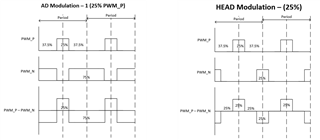
Regards,
Sydney Northcutt
HELLO,
Is the green section at HEAD in the picture below a section to reduce RMS current?
Is there any other purpose?
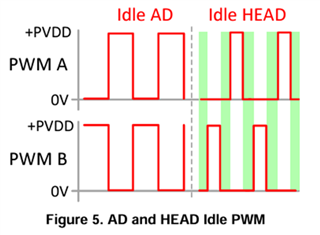
Hello,
The green section gets smaller (PWMx on for a longer period of time) as the amplitude increases. As the amplitude increases, the RMS voltage increases. With a higher amplitude you will get more power across your load.
Regards,
Sydney Northcutt